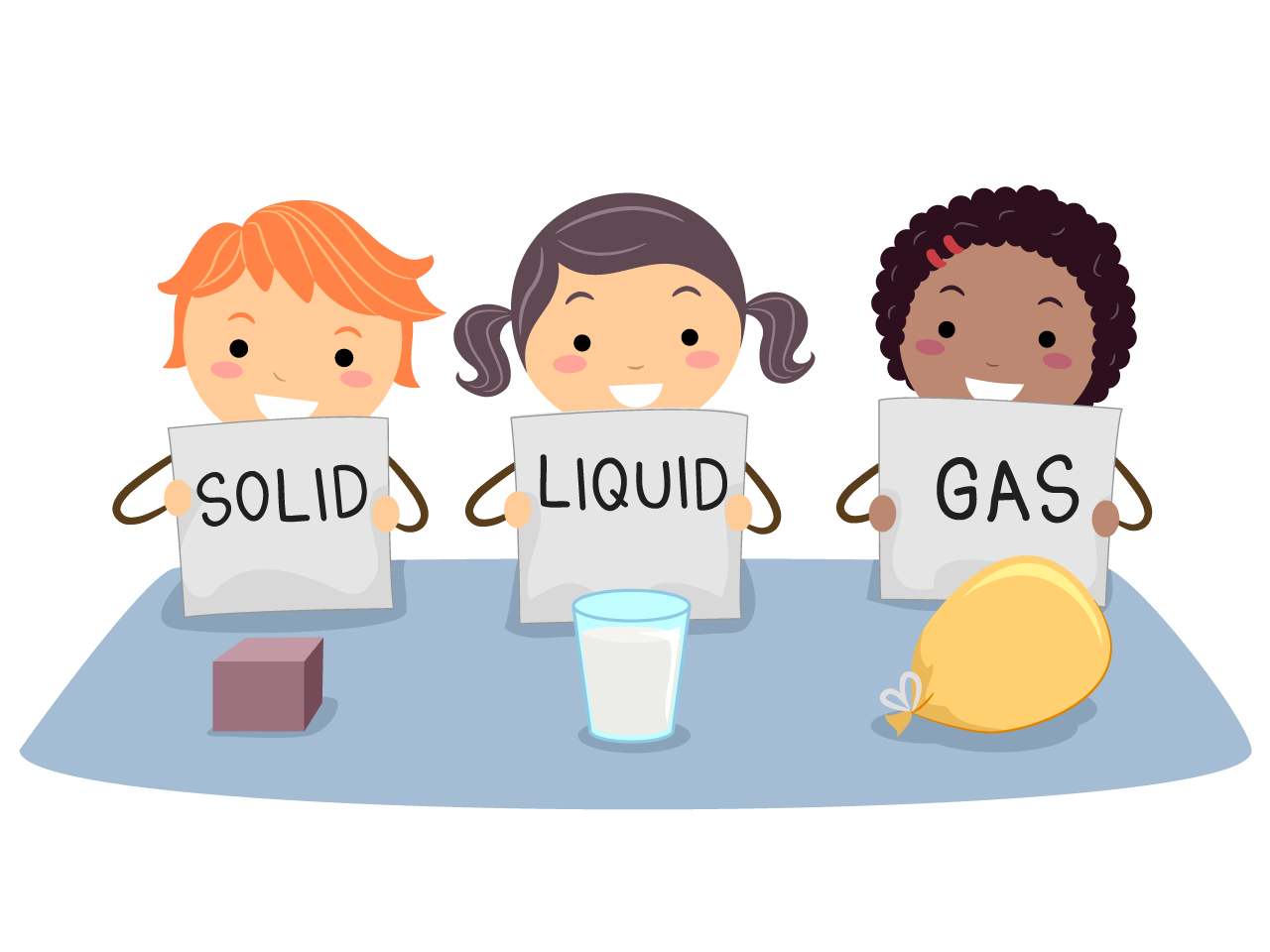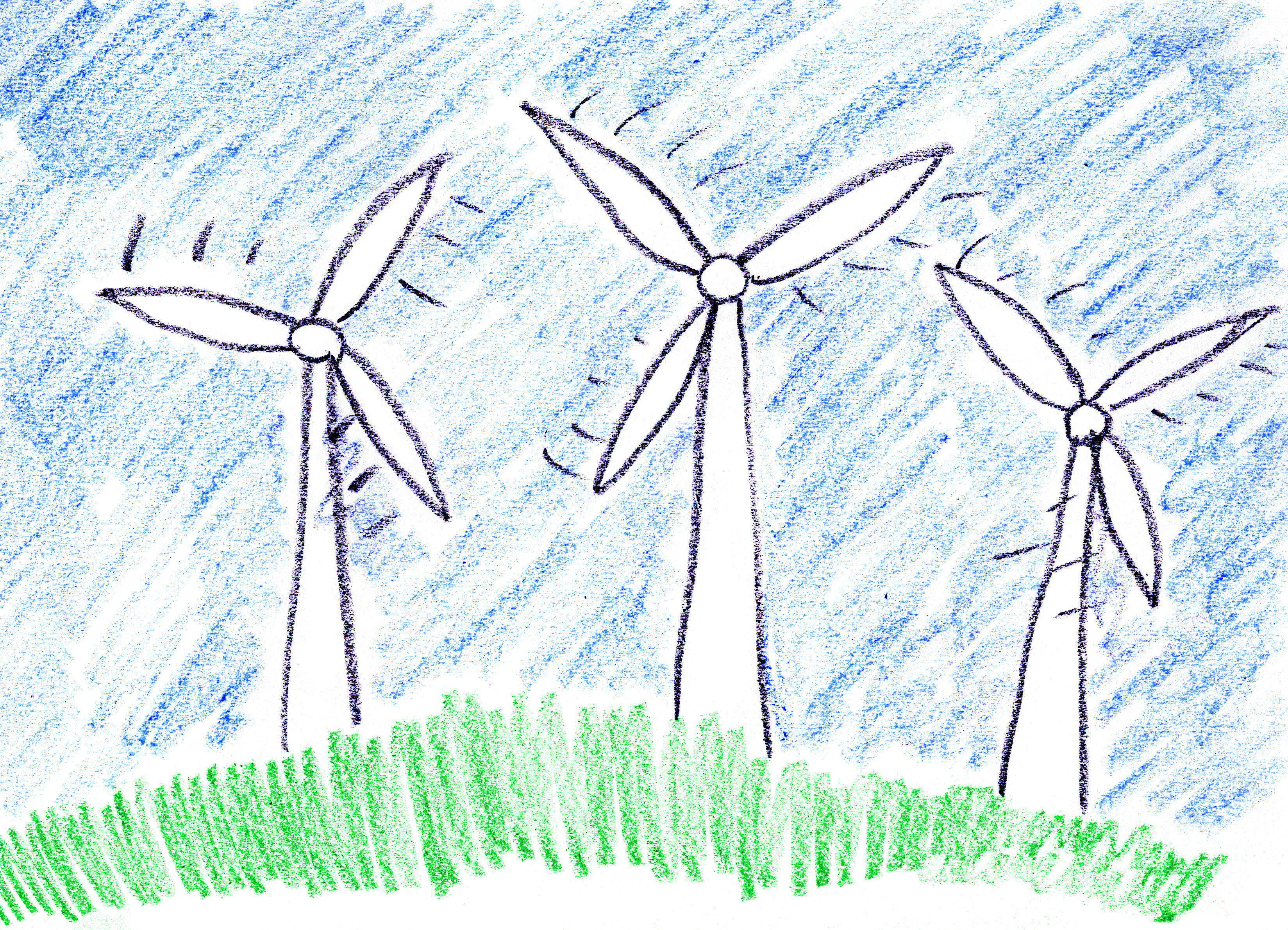Understanding light sources Normal Physical Science Worksheets for 7-Year-Olds
3 filtered results
-
From - To
Discover the wonders of light with our "Understanding Light Sources Normal Physical Science Worksheets" designed for 7-year-olds! These engaging, age-appropriate worksheets introduce young learners to the concept of light, exploring natural and artificial light sources. Through fun activities, interactive questions, and captivating illustrations, children will gain a solid understanding of how light affects their environment. These worksheets foster curiosity, critical thinking, and a love for science, making learning both enjoyable and effective. Perfect for classroom use or at-home learning, these resources help young minds illuminate their comprehension of light and its importance in everyday life. Embrace the world of light today!
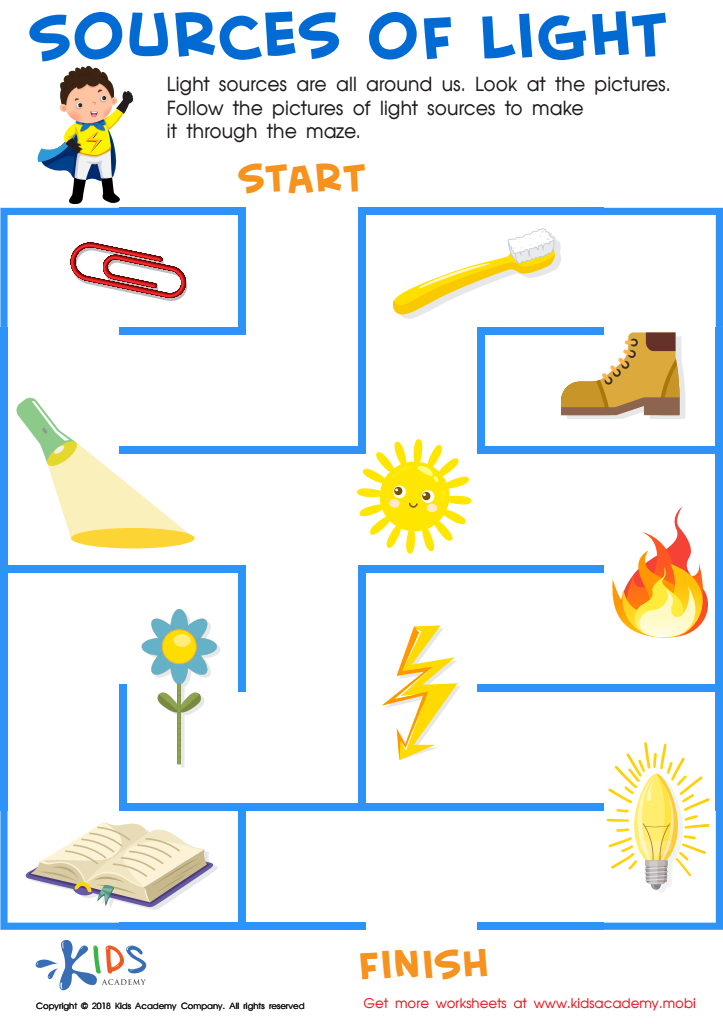

Sources of Light Worksheet
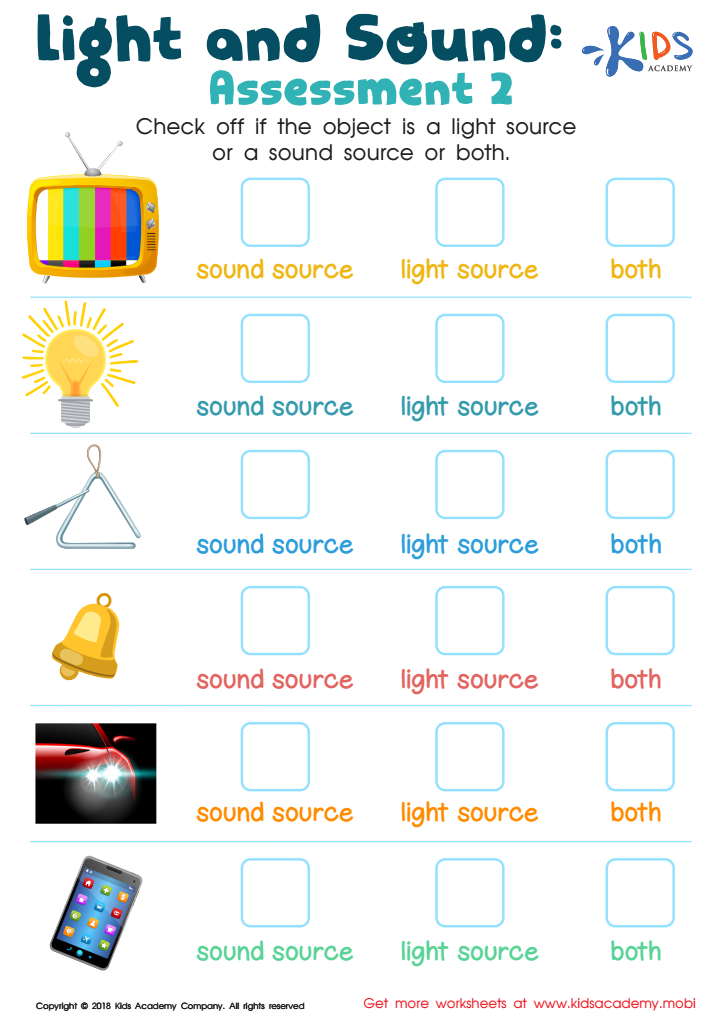

Light and Sound: Assessment 2 Worksheet
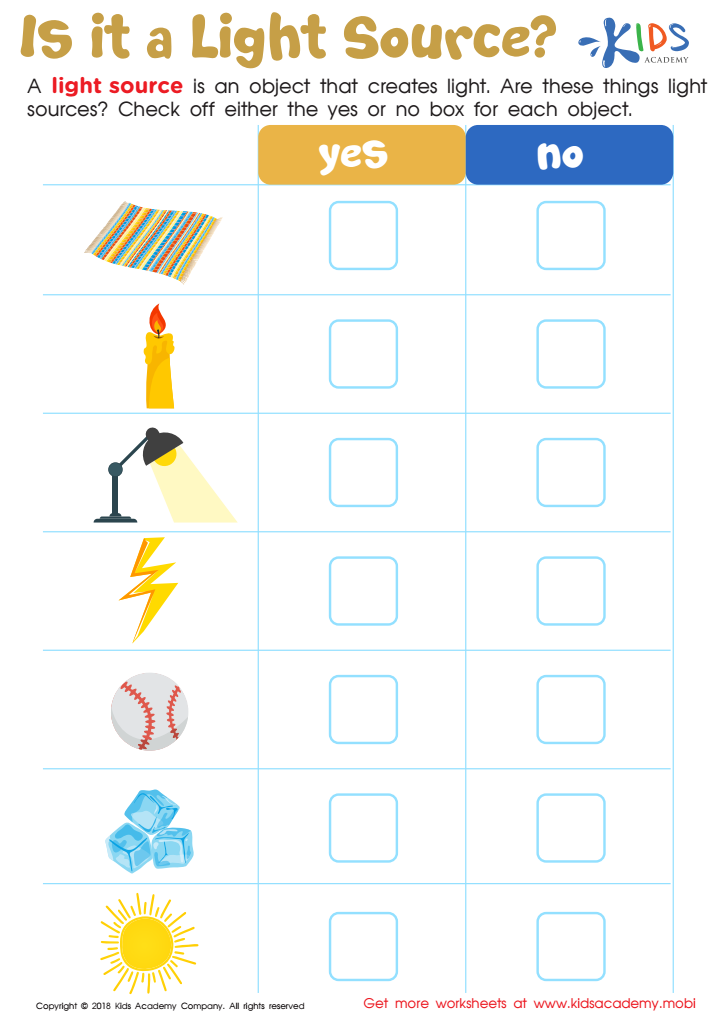

Is It a Light Source? Worksheet
Understanding light sources is essential for 7-year-olds, as it lays a foundation for their grasp of basic physical science concepts. At this age, children are naturally curious about the world around them, and exploring how light works allows them to connect scientific principles with everyday experiences.
For parents and teachers, fostering this understanding can spark interests in science and inquiry-based learning. Light sources, like the sun, light bulbs, and even candles, provide tangible examples that can be observed and experimented with. Children can learn to differentiate between natural and artificial light and explore concepts such as reflection, refraction, and shadows, which can spark critical thinking and problem-solving skills.
Additionally, discussing light sources encourages young learners to ask questions and develop their observational abilities. This engagement is crucial for maintaining their enthusiasm for learning and can strengthen their understanding of other scientific topics in the future.
By promoting understanding in areas like light sources, parents and teachers support not only curriculum goals but also nurture a broader appreciation of science in everyday life, which is instrumental in a child’s growth, education, and long-term intellectual curiosity.
 Assign to My Students
Assign to My Students








